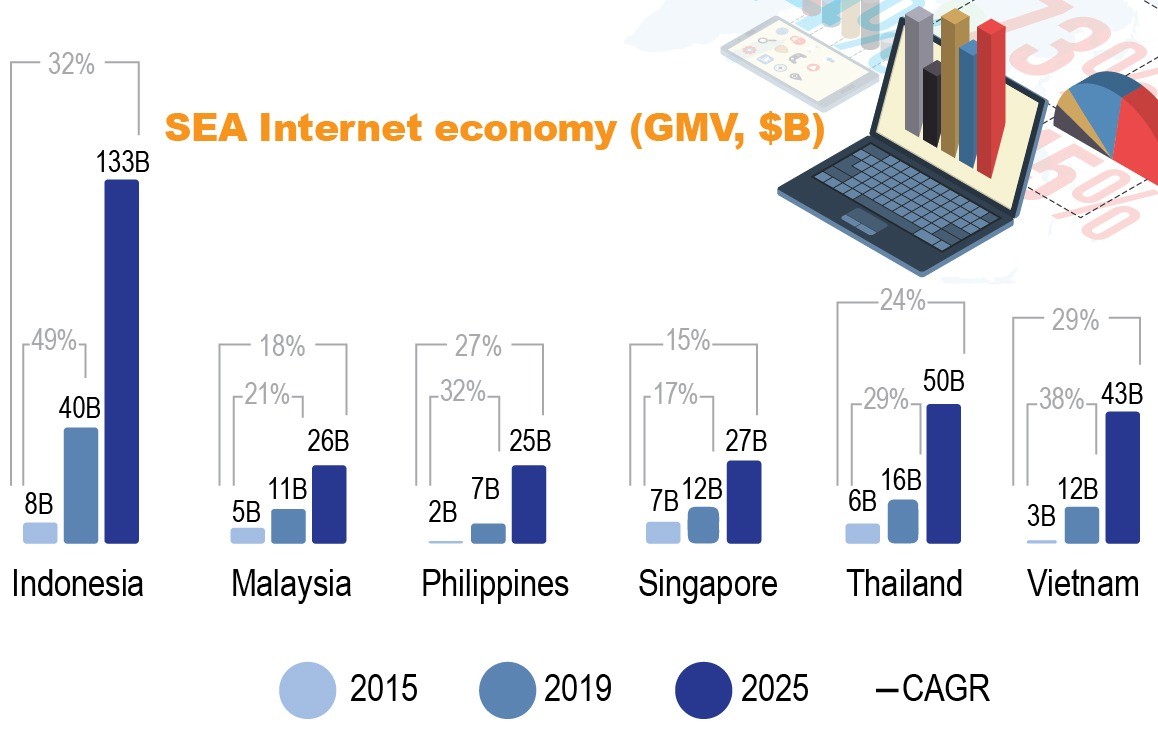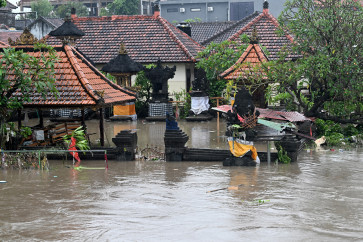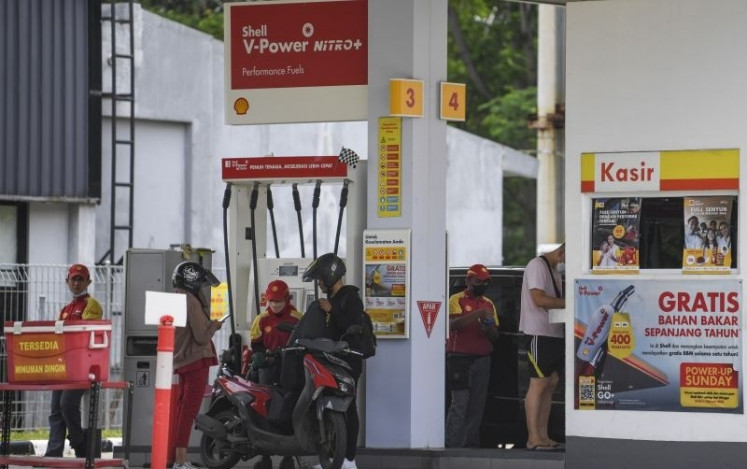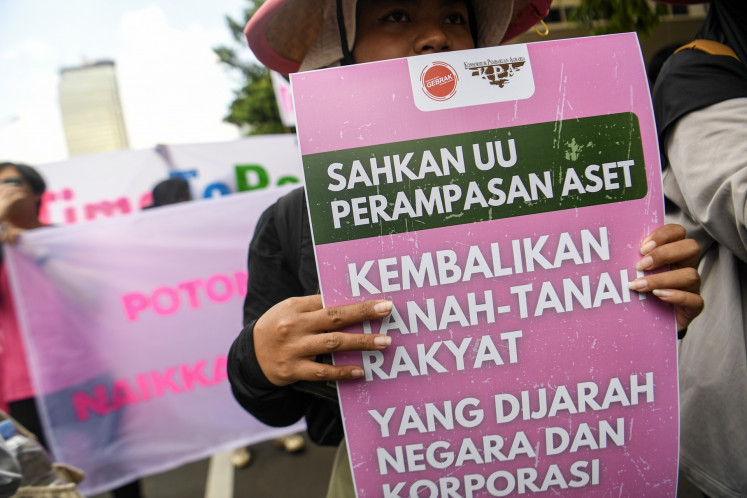Popular Reads
Top Results
Can't find what you're looking for?
View all search resultsPopular Reads
Top Results
Can't find what you're looking for?
View all search resultsSteering toward the next wave of digital infrastructure in Asia
Singapore managed to achieve 100 percent access to the fiber network within five years and found the presence of a strong regulator to be one key success factor.
Change text size
Gift Premium Articles
to Anyone
T
he COVID-19 pandemic has increased the importance of digital connectivity to ensure the continuity of work, education, and living despite the move to remote environments. Its role in catalyzing economic recovery is undeniable and widespread across all sectors such as logistics and supply chain, and disaster management.
In fact, a World Bank study has estimated that every 10 percent increase in broadband penetration in low- and middle-income countries result in a commensurate increase of at least 1.38 percent of the gross domestic product.
While the importance of digital infrastructure isn’t new, we should pay attention to these themes that are expected to feature more prominently for digital infrastructure in Asia over the coming years.
Sharad Somani, executive director of KPMG, highlighted that cybersecurity will increase in importance, with sustainability coming in a close second. According to Giles Proctor, president and cofounder of Agile DC, data centers are a good baseload and consistent consumer of electricity, and their own power generation sources can even work with governments to smooth out peak electricity usage in the system.
Innovation in commercial restructuring to improve inclusiveness.
For example, Boutheina Guermazi, digital development director of World Bank, pointed out that aggregating demand in the Pacific Islands increased the market and made the offering more appealing to investors. Tong Yew Heng, chief executive officer of NetLink Trust, also noted that sharing of digital infrastructure could be another way to reduce duplication in capital expenditure in the overall system, which consequently makes digital connectivity more affordable to end users.
Leapfrogging is also a feasible option for many developing countries. Without existing infrastructure to hinder them, countries who are just starting out on their transformation journeys have the capacity to start off with the most suitable technology. Arun Kant (Leonie Hill Capital) said 5G, smartgrids, and newer commercial models that allow internet access with zero costs are just some of the options the market can consider.
Another option would be taking reference from peers as a launching pad. For example, Singapore managed to achieve 100 percent access to the fiber network within five years and found the presence of a strong regulator to be one key success factor. Others include having a skilled workforce and ecosystem with experience in fiber rollout, tapping onto the ecosystem of companies who have similar experience.
Another lesser known but equally effective solution is leveraging commercial bank debt. Many types of digital infrastructure can be implemented initially without debt, but the ability to bring on mid- to long-term commercial debt could lower funding costs as ticket sizes for debt to digital infrastructure are smaller and loan tenors are shorter than that for traditional infrastructure.
Luca Tonello (SMBC) indicated that while there is a need for banks to adapt and combine real estate and infrastructure skill sets to properly assess factors such as sponsor quality and location, more are now open to supporting this sector.
Infrastructure Asia recently asked several Southeast Asian and South Asian government officials what their countries needed to advance in their digital journeys. Almost all answered that data centers, fiber, and telecom towers were the most important, with remote work and education, re-commerce, and telehealth being the biggest use cases.
And indeed, many of them have measures already in place to galvanize digital infrastructure – but how can we speed up the process of making these trends a reality?
The private sector has historically been investing in digital infrastructure, particularly in data centers which, alongside renewables, continue to contribute to robust revenue models during the pandemic. However, assets that create connectivity such as fibers and cables still require a proactive government involvement in the form of clear regulations to further attract private capital.
Proctor commented that Asia has fewer availability zones compared to developed markets. Thus, government facilitation and enablers can be important to increase attractiveness to international investors and developers.
Good regulatory framework and greater long-term certainty also make certain countries more attractive to international investors and developers. Countries like China and Indonesia have demonstrated that allowance for foreign ownership, a single government window to process approvals (particularly for land acquisition and easements), and availability of electricity are key to driving the development of digital infrastructure.
Isabel Chatterton of the International Finance Corporation (IFC) agreed, citing IFC’s project in the Philippines where they worked with the government to significantly reduce the time for government approvals for new digital infrastructure.
The benefits of digital infrastructure will only compound in the next decade, and the need to implement quickly and intense competition for international investors and developers is prompting governments to take a more proactive role. It requires determination and effort to put in place enablers, but the challenges are indeed surmountable, and financing the next generation of digital infrastructure can fully come to fruition when the private and public sectors form close partnerships to attract investments at scale.
***
Seth Tan is executive director and Lavan Thiru is deputy executive director of Infrastructure Asia.










